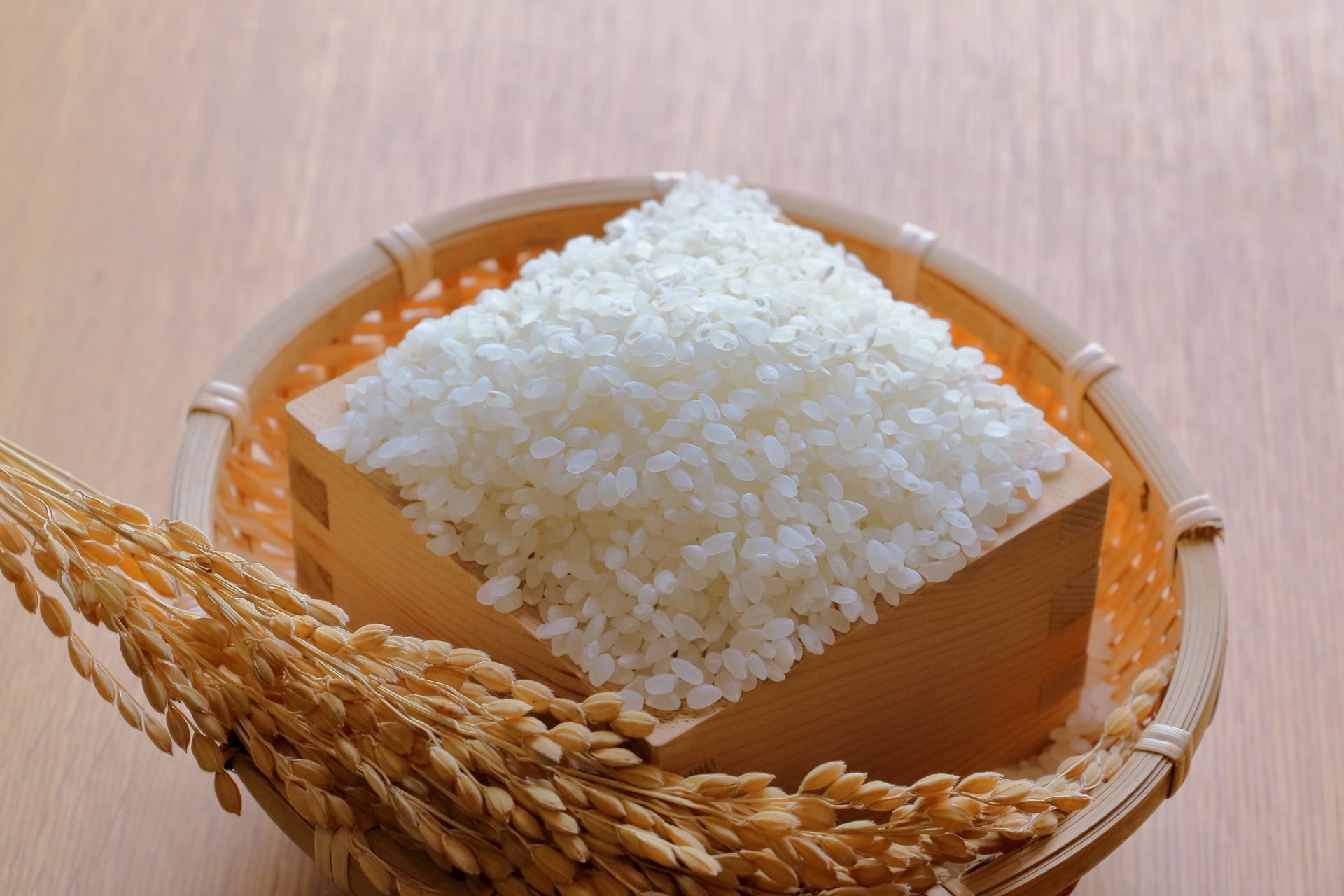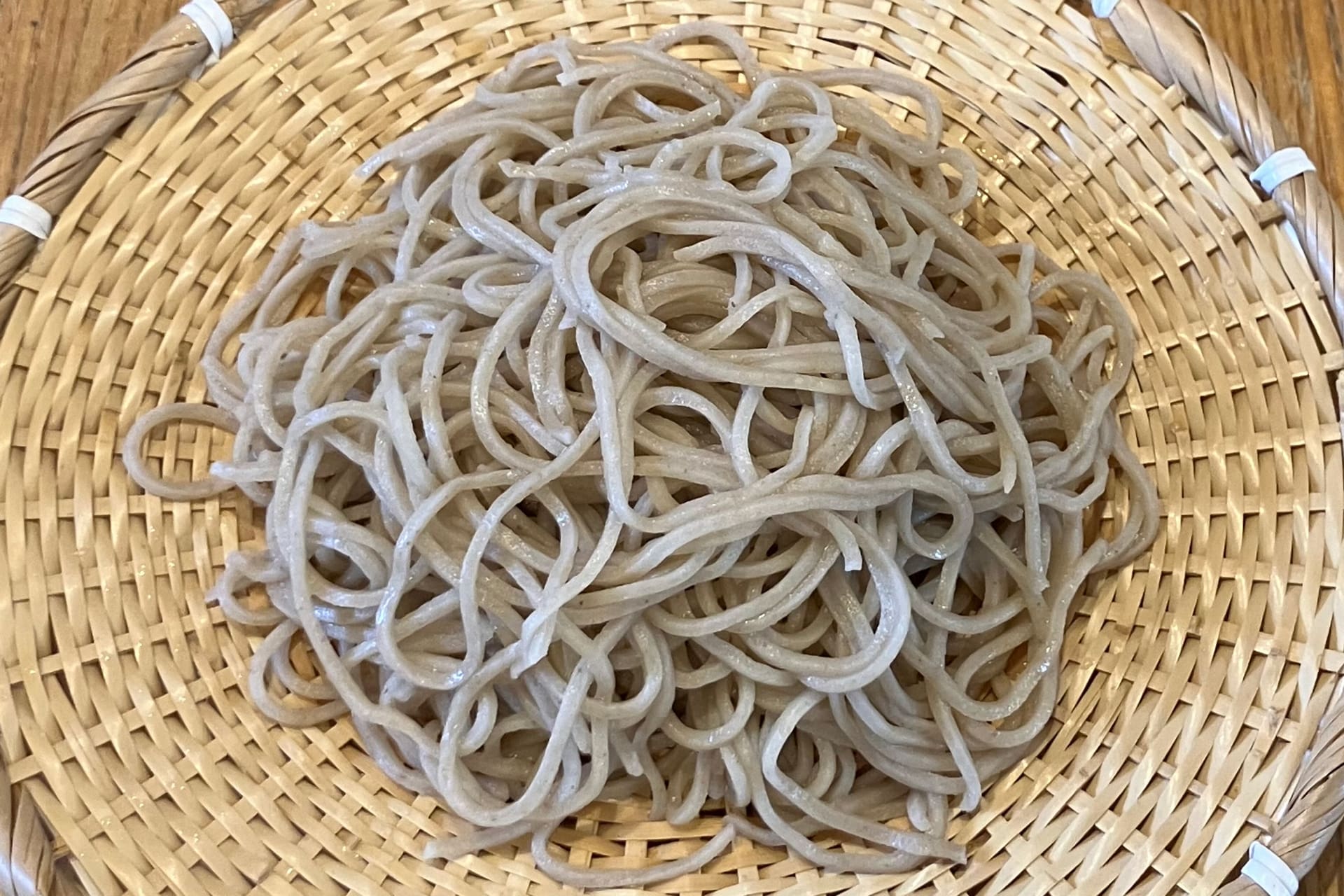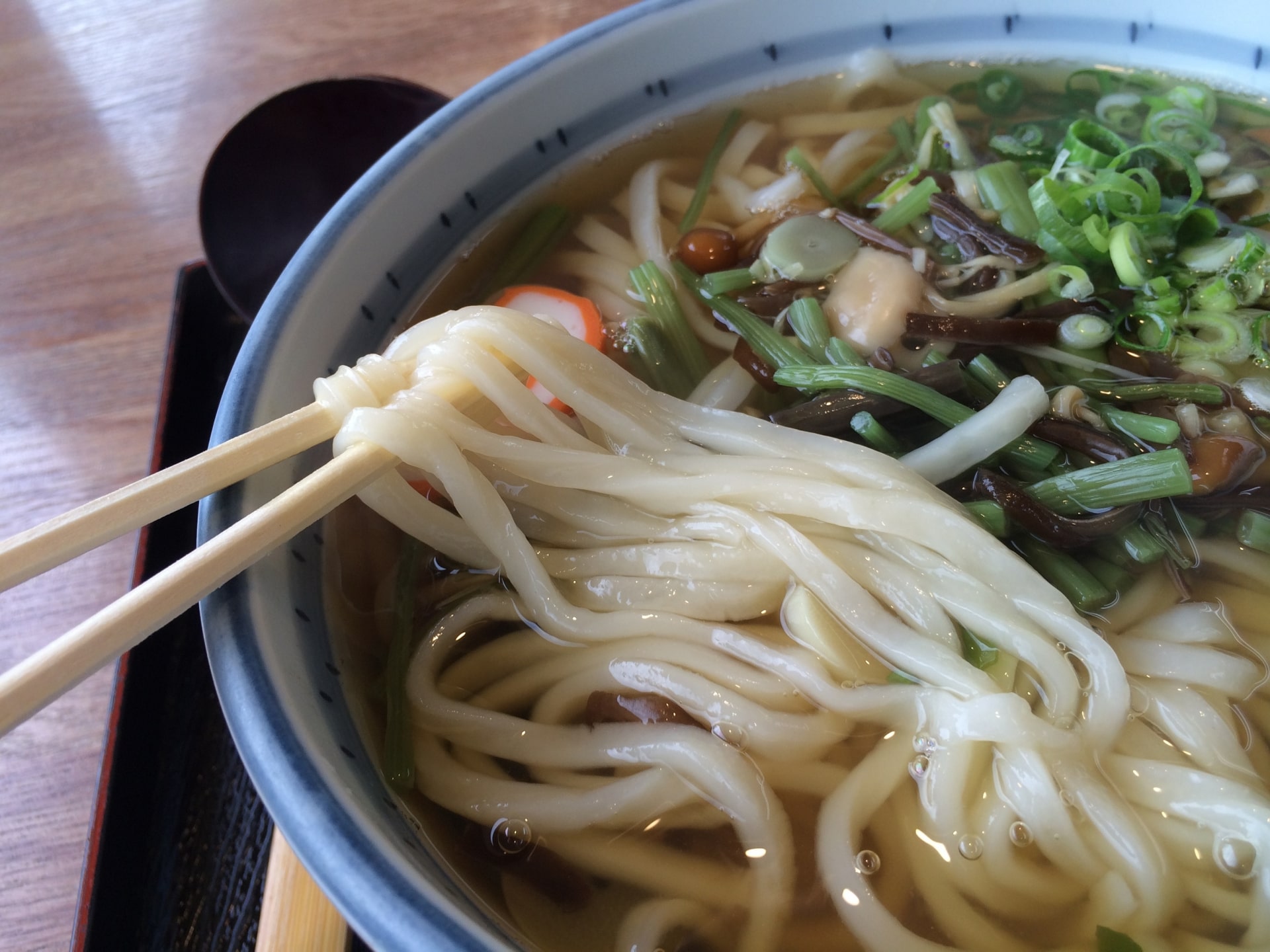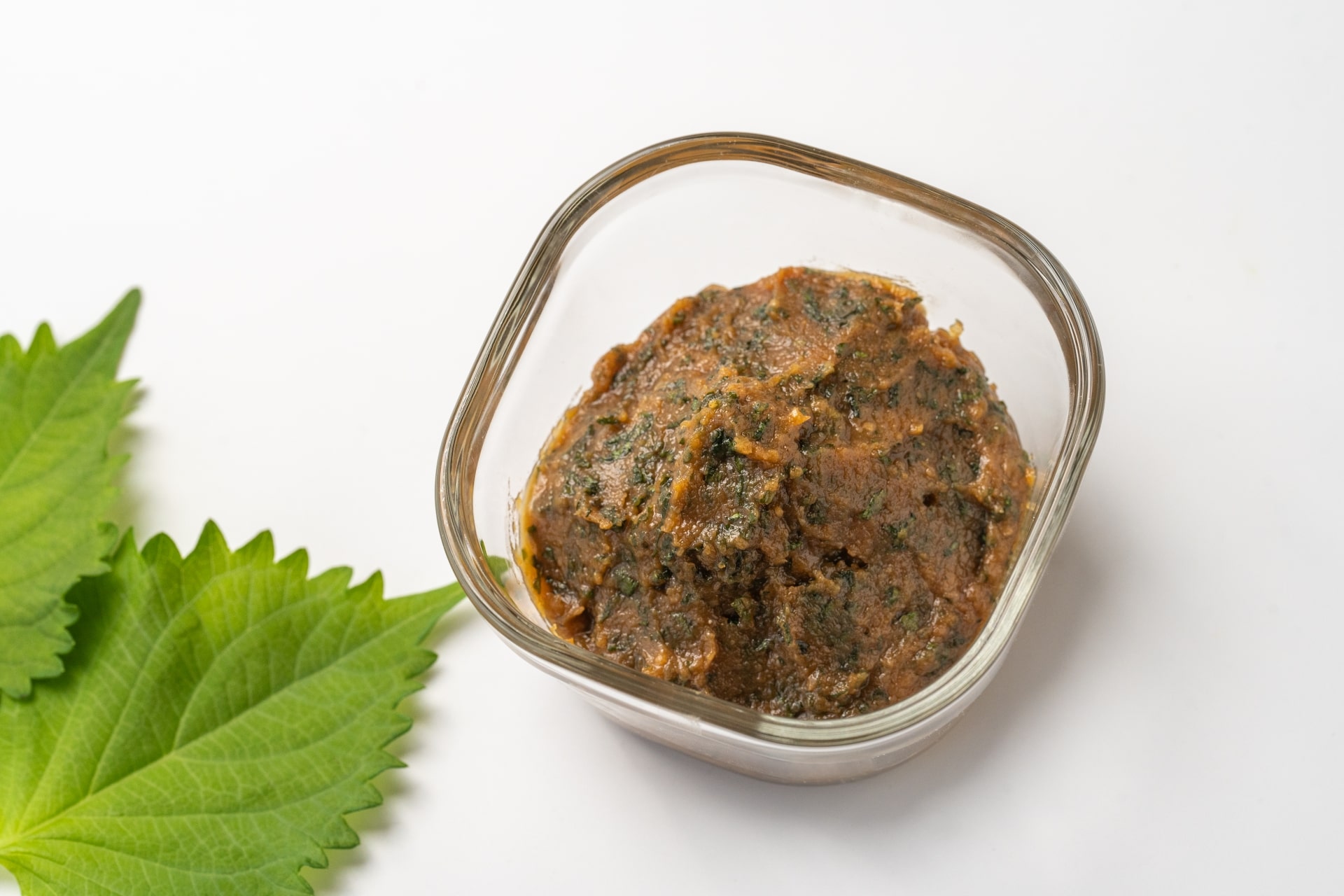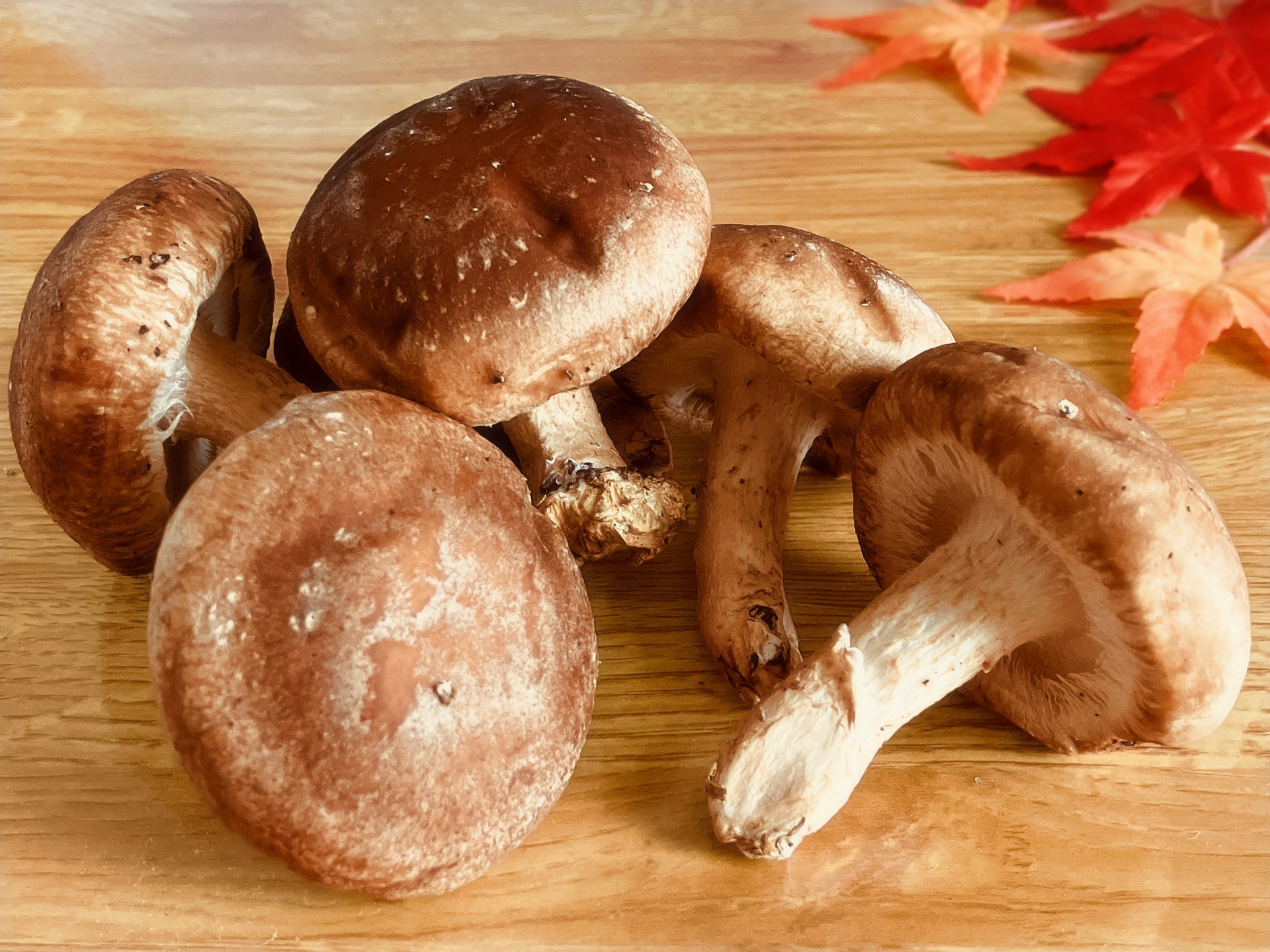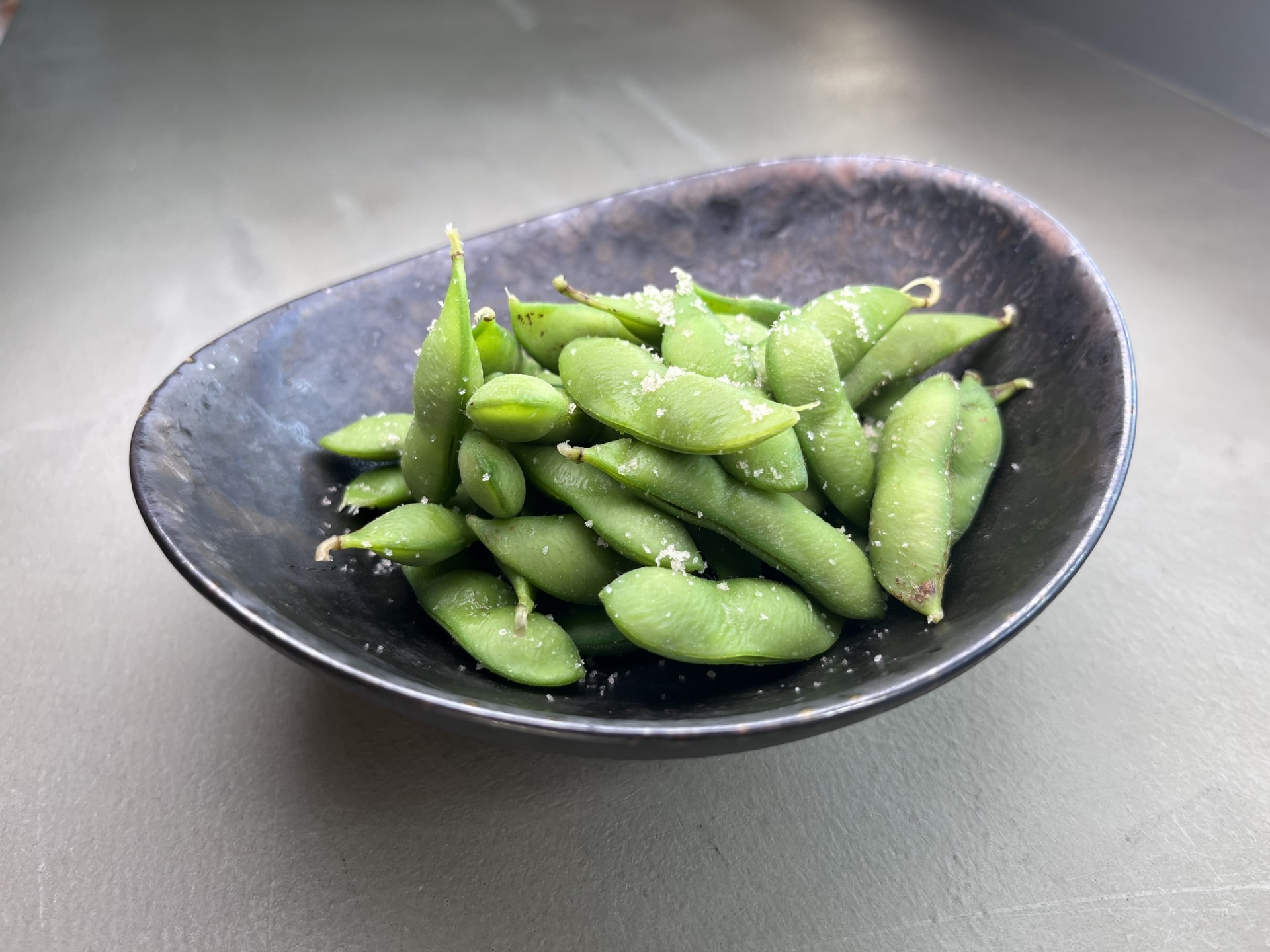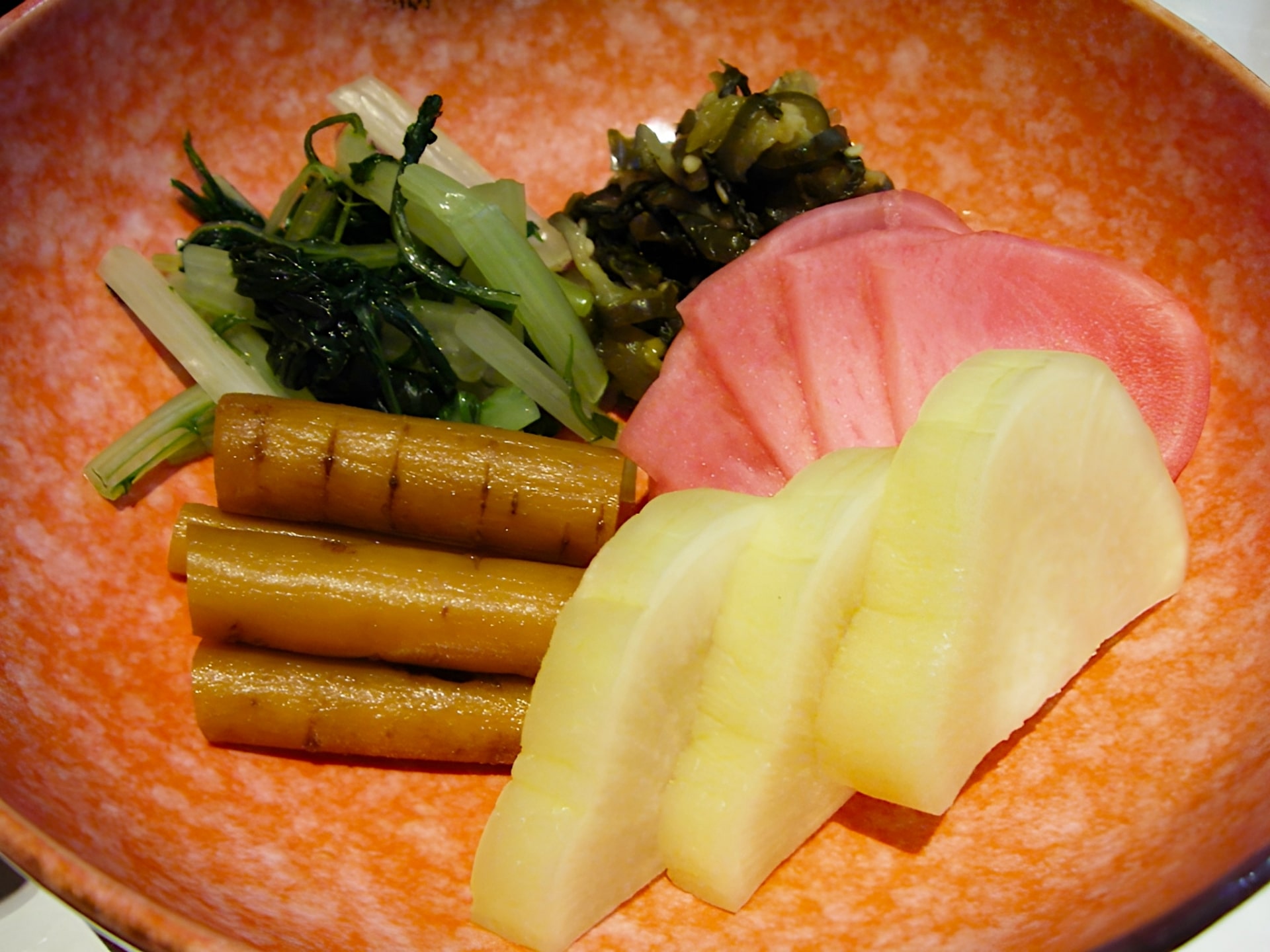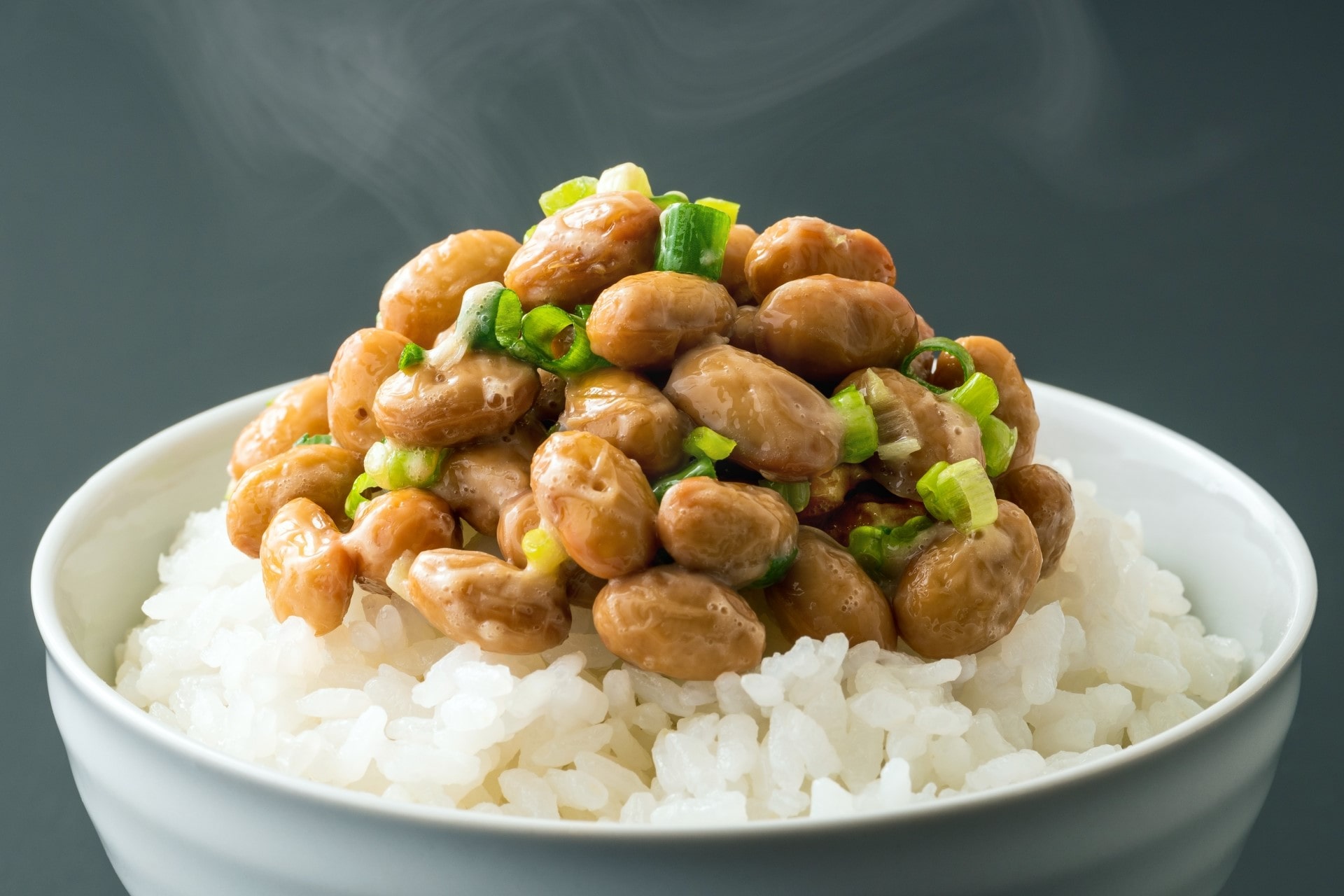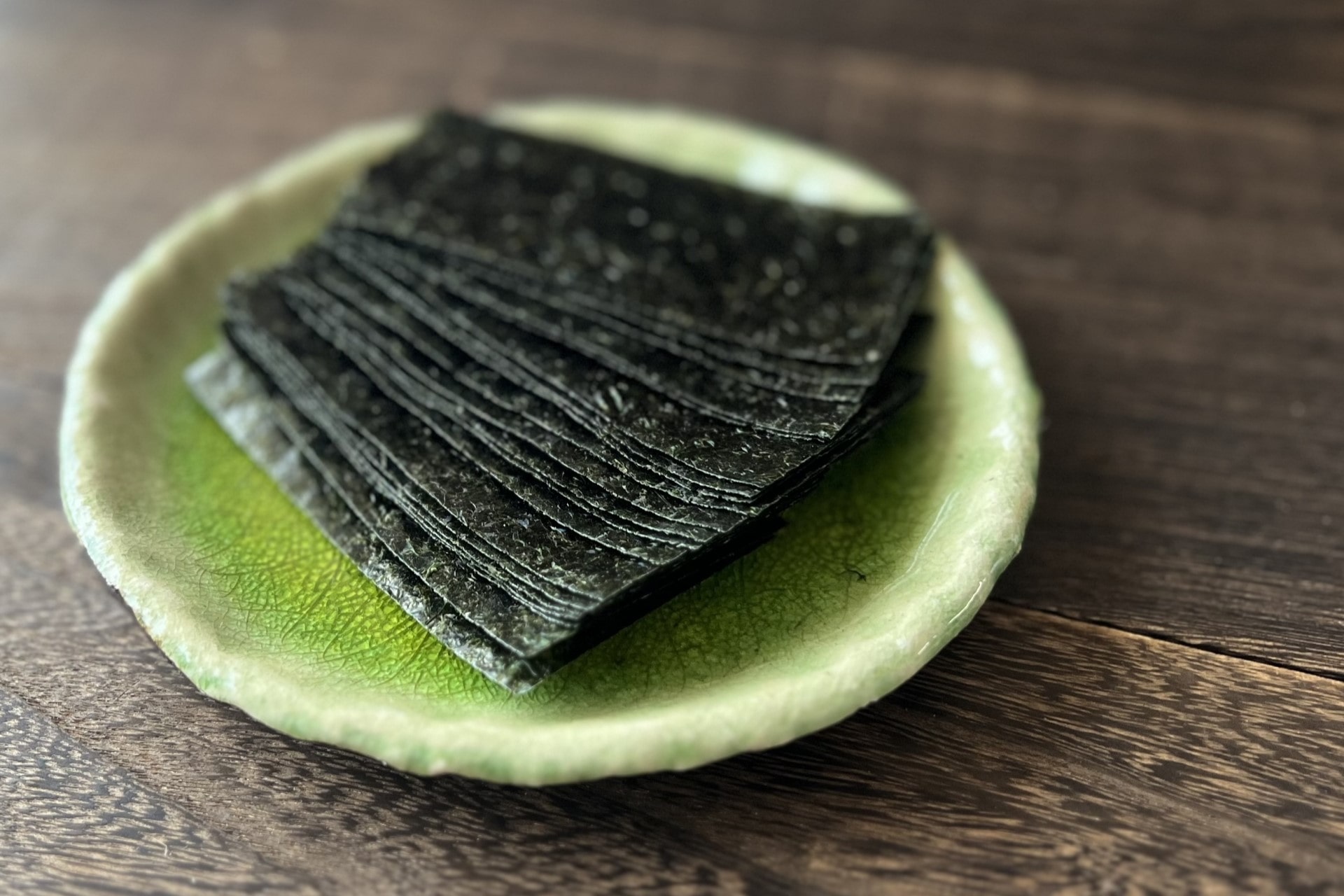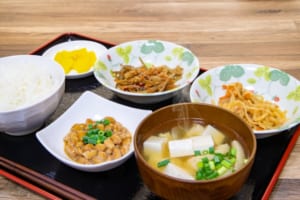Best Vegan Japanese Food
10 Must-Try Vegan Ingredients in Japanese Cuisine
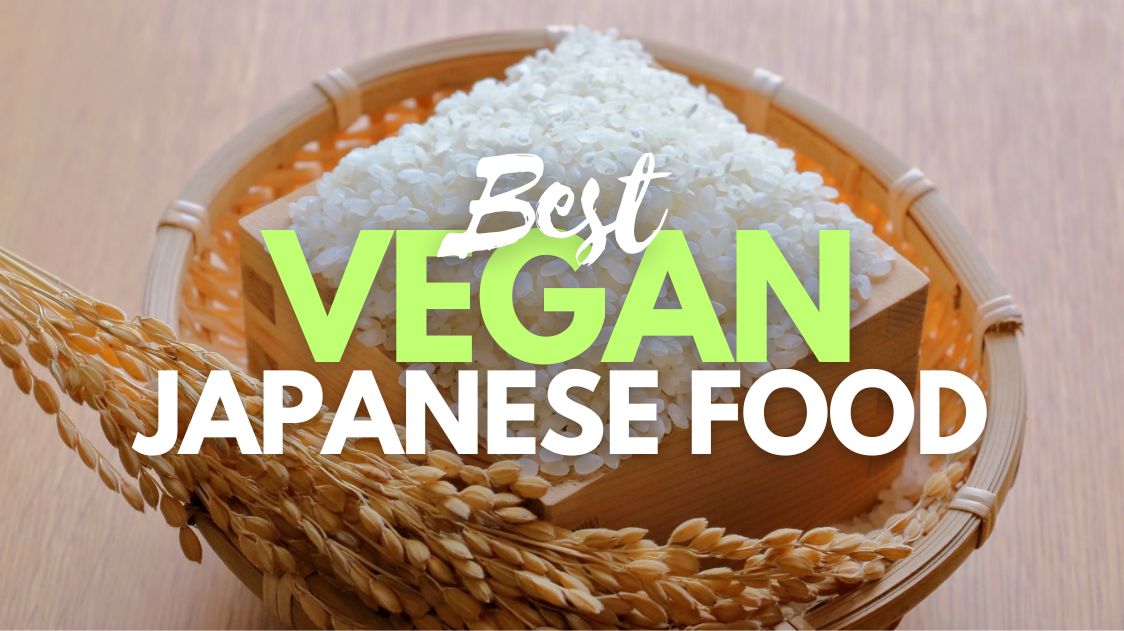
Japanese cuisine is often celebrated for its balance of flavors, seasonal ingredients, and artistic presentation. While it might seem challenging to navigate as a vegan, given the prominence of fish-based broths and animal products in many dishes, Japan offers a wealth of plant-based options that are both satisfying and deeply rooted in tradition. Starting with versatile staples like rice and noodles or nutrient-packed ingredients like tofu and seaweed, there’s no shortage of vegan options when it comes to Japanese food!
Vegan-friendly Japanese dishes are often naturally crafted from whole, unprocessed ingredients. These foods reflect a culinary philosophy that values the purity of taste and the natural flavors of seasonal produce. If you’re new to veganism or simply looking to expand your palate, Japanese cuisine provides an abundance of wholesome, flavorful options that showcase the country’s celebrated culinary culture. Granted, the restaurant landscape is, although improving, still a little difficult to navigate, but cooking traditional food at home will be a breeze!
See also: 10 Healthiest Food in Japan
1. Rice
Rice (ご飯) is the cornerstone of Japanese cuisine, forming the basis of nearly every meal. Japan’s most commonly used variety, short-grain rice, is prized for its sticky texture, making it ideal for sushi, onigiri (rice balls), or simply served alongside other dishes.
Rice holds cultural significance in Japan, symbolizing abundance and prosperity, and beyond plain steamed rice, it is also used to create iconic vegan-friendly dishes like takikomi gohan (seasoned rice with vegetables) and sekihan (red rice with azuki beans). Thanks to its incredible versatility and naturally vegan nature, it remains a staple for plant-based eaters.
2. Tofu
A staple in vegan diets worldwide, tofu (豆腐) has deep roots in Japanese cuisine. Made from coagulated soy milk, tofu is rich in protein and absorbs flavors beautifully, making it a versatile ingredient in both savory and sweet dishes.
Varieties such as silken (kinugoshi) and firm (momen) tofu appear in soups like miso, salads, or grilled dishes like yaki-dofu. Tofu is also the star of hiyayakko, a chilled dish topped with soy sauce, green onions, and grated ginger. Its mild taste and soft texture make it a perfect canvas for a range of flavors.
3. Soba Noodles
Soba noodles (そば), made primarily from buckwheat flour, are a delicious and naturally vegan option in Japanese cuisine. Served hot in a light broth or cold with dipping sauce (zaru soba), soba is a versatile dish often paired with green onions, wasabi, and grated radish.
Buckwheat is gluten-free, making soba a great choice for those with dietary restrictions. It’s a wholesome, healthy meal, rich in fiber and nutrients, and holds a special place in Japanese tradition, especially on New Year’s Eve, when “toshikoshi soba” is eaten to symbolize longevity.
More info: Soba Guide: Types of Soba Noodles
4. Udon Noodles
Udon noodles (うどん) are thick, chewy wheat noodles that are a beloved comfort food in Japan. While they are often served in broths made from dashi, vegan variations are easily created using kombu (kelp) and soy sauce for a rich, umami flavor.
Udon can be enjoyed hot in soups, such as kitsune udon (topped with sweet fried tofu) or chilled in summer with dipping sauce, as in zaru udon. Their neutral taste makes them a versatile base for a variety of vegan toppings, from shiitake mushrooms to fresh vegetables.
More info: Udon Guide: Types of Udon Noodles
5. Miso
Miso (味噌) is a fermented soybean paste that forms the base of many classic Japanese dishes, including the iconic miso soup. With its deep umami flavor, miso adds complexity to broths, marinades, and dressings.
Varieties like red (aka miso), white (shiro miso), and mixed (awase miso) offer unique flavor profiles, ranging from sweet and mild to rich and robust. Vegan miso soup can be easily prepared using kombu and tofu, making it a comforting and nutrient-packed addition to any meal.
6. Shiitake Mushrooms
Shiitake mushrooms (椎茸) are a powerhouse of flavor and nutrition in Japanese cooking. Their deep umami taste makes them an excellent meat substitute in vegan dishes.
Shiitake are commonly used in soups, hot pots, and stir-fries, and are also dried to create dashi stock, a vegan-friendly alternative to fish-based broths. When grilled or sautéed, their rich, meaty texture shines, making them a star ingredient in both traditional and modern Japanese recipes.
7. Edamame
Edamame (枝豆), or young soybeans, are a simple yet iconic Japanese snack. Boiled in salted water or steamed, these bright green beans are often served in their pods as an appetizer or side dish. Edamame is naturally vegan and rich in protein, fiber, and essential vitamins, making it a wholesome addition to any plant-based diet.
While typically served plain, edamame can also be spiced with chili powder or flavored with garlic for an extra kick. Its ease of preparation and nutritional value make it a beloved choice for casual dining.
8. Tsukemono
Tsukemono (漬け物), or Japanese pickles, are a delicious and tangy addition to any meal. These pickles come in various forms, such as umeboshi (pickled plums), takuan (pickled daikon radish), and shibazuke (pickled eggplant with shiso leaves).
Traditionally made through fermentation or salt curing, tsukemono are naturally vegan and provide probiotics that benefit gut health. They are often served as a palate cleanser alongside rice or as part of a traditional Japanese meal. Their variety of textures and flavors adds a unique dimension to plant-based dining.
9. Natto (納豆)
Natto (納豆) is a traditional Japanese food made from fermented soybeans, recognized for its strong aroma, sticky texture, and acquired taste. It is often served over steamed rice and topped with soy sauce, green onions, or mustard.
Rich in protein, probiotics, and vitamins, natto is considered a superfood and is highly valued for its health benefits. Admittedly, its bold flavor is highly divisive (even among the Japanese) and it may take some getting used to, natto remains a popular vegan option in Japanese cuisine, celebrated for its nutritional value and versatility in simple dishes.
10. Seaweed
Seaweed (海藻) is an integral part of Japanese cuisine, appearing in many forms such as nori, wakame, and kombu. These nutrient-rich plants are packed with minerals, iodine, and umami flavor. Nori is used to wrap sushi and onigiri, while wakame enhances soups and salads.
Kombu is essential for making vegan dashi, a cornerstone of Japanese broths and sauces. Whether enjoyed as a topping, snack, or ingredient, seaweed offers endless possibilities for vegan dishes, adding depth and flavor to any meal.
▽Subscribe to our free news magazine!▽
For more information about food and traveling in Japan, check these articles below, too!
▽Related Articles▽
Written by
Photographer, journalist, and avid urban cyclist, making sense of Japan since 2017. I was born in Caracas and lived for 14 years in Barcelona before moving to Tokyo. Currently working towards my goal of visiting every prefecture in Japan, I hope to share with readers the everlasting joy of discovery and the neverending urge to keep exploring.





